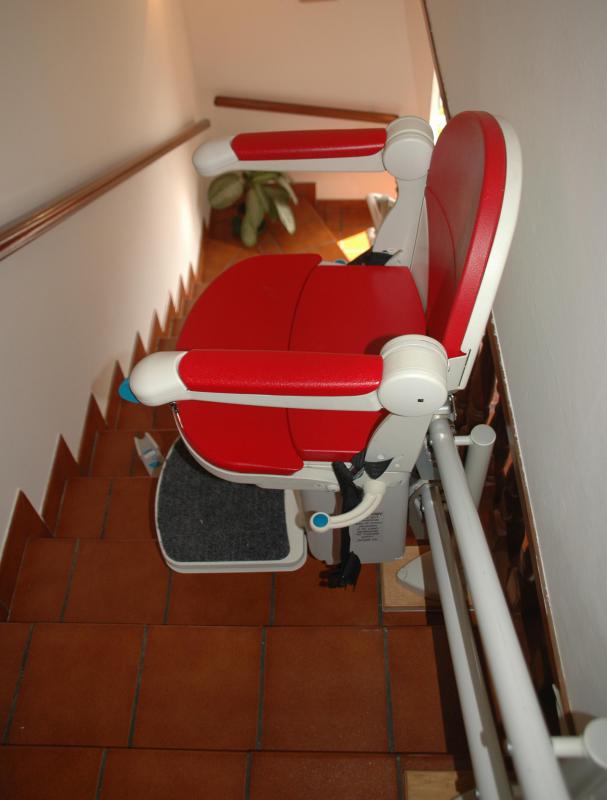At TheHealthBoard, we're committed to delivering accurate, trustworthy information. Our expert-authored content is rigorously fact-checked and sourced from credible authorities. Discover how we uphold the highest standards in providing you with reliable knowledge.
What are the Effects of a Stroke on Mobility?
The effects of a stroke on mobility can vary widely, depending on the severity of the stroke and its location, along with the patient's general level of health. A key part of stroke recovery involves assessing the patient to learn more about the specific nature of the stroke and the level of damage caused. Stroke patients may require physical therapy and other treatments in recovery as they re-learn various skills and work on their mobility.
A mild stroke may not cause any mobility impairments in the patient. Sometimes patients experience some stiffness and lack of coordination, but on a level low enough that it should cause minimal problems. It is possible for strokes to cause issues like partial paralysis of the facial muscles without necessarily impairing the patient's mobility at all, especially in the case of a highly localized stroke where the damage is only present in a small area of the brain.

Bigger strokes, or localized strokes in a very vulnerable area of the brain, can cause paralysis or paresis, often on one side of the body only. This effect of a stroke on mobility may be temporary or permanent. In the case of temporary damage, the patient may need a mobility aid in early recovery while learning to walk and control the arms again, and will eventually be independent. Some remaining spasticity and stiffness can linger in some cases after patients have recovered and their brains have mostly rerouted around the areas of damage.

The effects of a severe stroke on mobility can be profound for the patient and may include complete paralysis on one side or partial paralysis, making it difficult for a patient to walk and perform other tasks. These patients may need to use walkers, canes, or wheelchairs for life as a result of the effects of the the stroke on mobility. While physical therapy can help prevent muscle contractures and help patients compensate for the stroke damage, it will not restore mobility for the patient.

Early treatment of strokes can radically decrease the effects of a stroke on mobility. If intervention is provided early, damage to the brain can be limited and secondary strokes can be rapidly treated. This will increase the chances of making a complete recovery. Providing physical therapy early is also recommended to many patients, to get them active and moving as early in treatment as possible with the goal of keeping the muscles strong and flexible.
AS FEATURED ON:
AS FEATURED ON:















Discussion Comments
My wife had a serious stroke eight years ago and she can't walk. She has carers in four times a day. Her head is now leaning downward, her nose runs and now it's very difficult for her to eat. I am the husband and want to know what I can do for her now.
When I was in stroke rehab, I had to work really hard to regain any mobility on my right side. I could get my left leg to move in a natural step, but then I'd have to practically swing my right leg from my waist to get it to move forward. Leaning on a walker made it easier, but I still wasn't walking naturally. I had the mental ability to make that leg move, but it was someone had disconnected my right leg from my brain.
If it hadn't been for all those exercises I did after the stroke, I probably would have been wheelchair-bound. I have nothing against spending time in a wheelchair, but my apartment isn't really designed for that sort of thing.
My mother-in-law didn't keep up with her exercises after a stroke, and now her mobility is about gone. She probably should be in a wheelchair, but she can still manage to get herself on a walker if she works hard enough. We've tried to get her to try a rollator, since it has a seat she can rest on, but she won't do it.
She did go to post-stroke rehabilitation, but one of her therapists noticed that her hand coordination on one side was not good. She couldn't lace up a pair of shoes as an exercise. She can feed herself, but she can't hold a fork in her right hand very well. She spills a lot of food when she eats. I think her stroke recovery in general has been slowed by her refusal to do her stroke rehabilitation exercises at home without supervision.
Post your comments